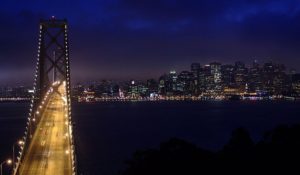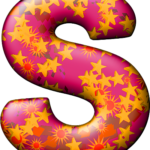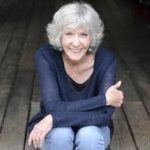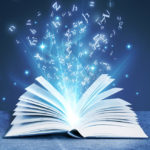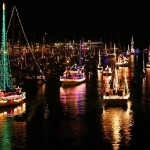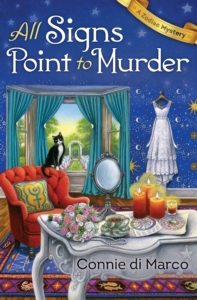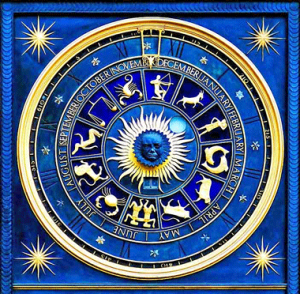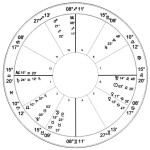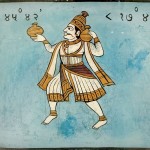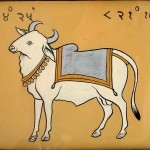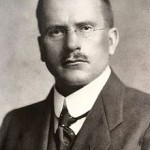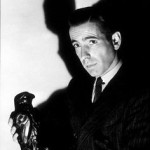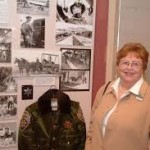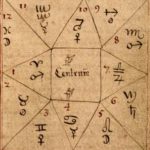 On this blog tour for Tail of the Dragon, the third book in the Zodiac Mysteries, I planned to highlight a few iconic San Francisco locations — places where my sleuth, astrologer Julia Bonatti, might visit or become involved in a crime. The Island of Alcatraz was one of them. However, there was a slight problem — there is so much history and so many stories on this tiny island, just a mile and a quarter from the city, it was too much to squeeze into just one post.
On this blog tour for Tail of the Dragon, the third book in the Zodiac Mysteries, I planned to highlight a few iconic San Francisco locations — places where my sleuth, astrologer Julia Bonatti, might visit or become involved in a crime. The Island of Alcatraz was one of them. However, there was a slight problem — there is so much history and so many stories on this tiny island, just a mile and a quarter from the city, it was too much to squeeze into just one post.
So here goes – here’s what I’ve learned about the spirits of the island: Alcatraz is considered one of the most haunted places in America and certainly the most haunted prison in the country. Early explorers to the island found an eerie atmosphere. Native Americans knew of the island for thousands of years and even though they gathered bird eggs and fish for food, believed that evil spirits resided there. They used the island to deport criminals under tribal law and as a burial site for outcasts. When the Spanish began to spread Christianity in the 1700’s, natives who did not want to convert used Alcatraz as their refuge.
Long before it was utilized as a federal penitentiary, it was a military prison for America’s earliest wars. Many were incarcerated there, some were declared insane after their imprisonment, many died and many were horribly tortured. So it’s no wonder that prisoners, rangers and visitors have reported a wide range of ghostly activity — whispering in empty cells, locked cell doors opening, phantom figures in corridors, cold spots, floating blue lights and figures, moaning, the clanking of chains in unoccupied cells and even the sounds of musical instruments and sewing machines.
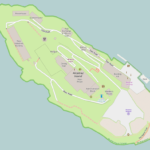 Psychics and paranormal investigators believe that D-Block, the worst cell for punishment in the “Hole,” is the prime location of most of the ghostly activity. Four of its forty-two cells are thought to be haunted. Cell 14-D in particular is permanently icy cold even during the summer. One inmate in this block claimed to have seen glowing red eyes in the dark and screamed for hours. He was found dead the following morning with a purple face, bulging eyes, and unidentified strangle marks around his throat. Although I suspect it’s likely there was human cause for his death.
Psychics and paranormal investigators believe that D-Block, the worst cell for punishment in the “Hole,” is the prime location of most of the ghostly activity. Four of its forty-two cells are thought to be haunted. Cell 14-D in particular is permanently icy cold even during the summer. One inmate in this block claimed to have seen glowing red eyes in the dark and screamed for hours. He was found dead the following morning with a purple face, bulging eyes, and unidentified strangle marks around his throat. Although I suspect it’s likely there was human cause for his death.
In an odd twist of history, Native Americans occupied and held the island from November 1969 to June 1971 in an effort to create a cultural center on the basis of a broken 1868 treaty between the Sioux and U.S. government. In their statement to the world they said:
“It would be fitting and symbolic that ships from all over the world, entering th e Golden Gate, would first see Indian land, and thus be reminded of the true history of this nation. This tiny island would be a symbol of the great lands once ruled by free and noble Indians.”
e Golden Gate, would first see Indian land, and thus be reminded of the true history of this nation. This tiny island would be a symbol of the great lands once ruled by free and noble Indians.”
Their efforts were commendable, but in light of the island’s eerie history, perhaps they should have heeded their ancestors and chosen a less haunted place.
What do you think? Would you fancy a short ferry ride to Alcatraz? Would you want to stay there overnight? Brrrrr . . .
This post first appeared at Varietats2010.blogspot on June 17, 2018.






